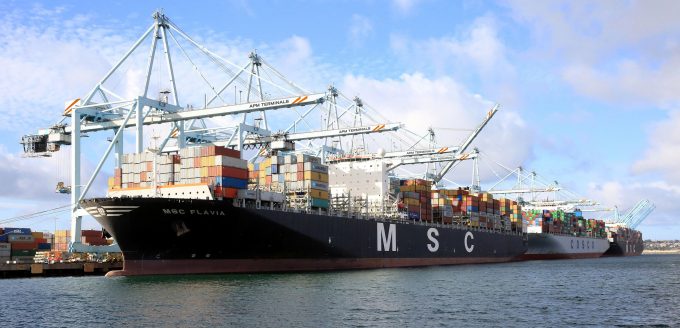Kerry poaches key Kuehne APAC exec – the 2025 TPEB fight has begun
Showdown time

With shippers facing skyrocketing container freight rates and premium fees across main and secondary trades, ocean carriers are now pummelling their customers with a mass of equipment imbalance and intermodal surcharges.
The strategy of carriers is to get as many boxes back to Asia in the shortest possible time to take advantage of exceptionally strong demand and record high rates, and to do so it is hitting shippers with extra costs.
The Loadstar reported last week that Asia-North Europe carriers were charging ...
Transpacific sees first major MSC blanks as rates fall and volumes falter
'It’s healthy competition' Maersk tells forwarders bidding for same business
Opposition builds for final hearing on US plan to tax Chinese box ship calls
White House confirms automotive tariffs – 'a disaster for the industry'
New price hikes may slow ocean spot rate slide – but for how long?
Shippers snap up airfreight capacity to US ahead of tariff deadline
Supply chain delays expected after earthquake hits Myanmar
Tighter EU import requirements proving 'a challenge' for forwarders

Comment on this article